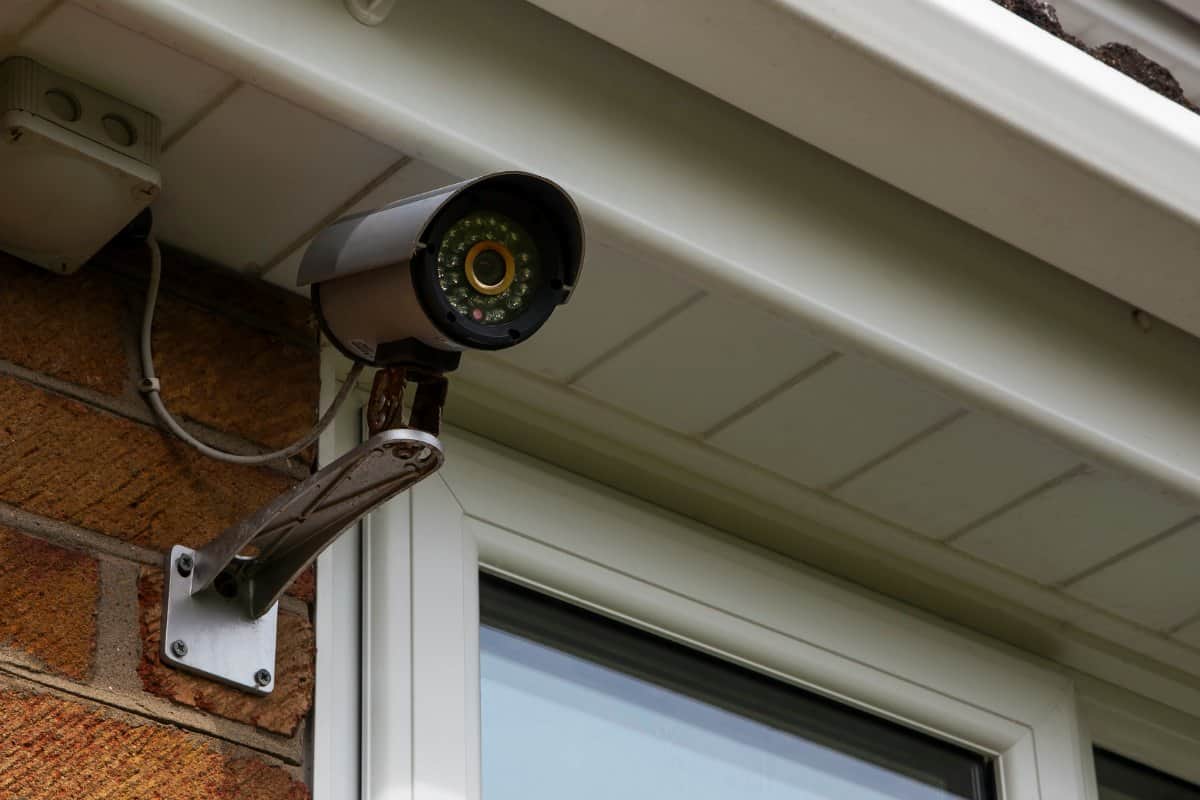
In the home, peace of mind is truly priceless, especially when it comes to providing proper security for your family. But designing a well-rounded and thorough security system can feel daunting when just starting out. Luckily, there are a variety of options when catering a system to your home, your needs, and your level of comfort.
Since the FBI states that homes without security systems are over two times more likely to be burgled, it’s a smart move to add at least one, if not several, security measures to protect your household. With today’s dynamic technology, security cameras are one of the most customizable ways to keep an eye on things, especially when you’re away.
Camera placement itself is an art, requiring forethought of possible obstructions or lighting complications. Staying away from these common mistakes and focusing on the following useful tips will put you in the best possible situation for proper camera placement.
1. Keep Cameras Out of Reach
It is important to consider the ongoing safety of the cameras themselves. Keeping them at least nine feet above the ground is ideal. A six-foot intruder is less likely to tamper with a well-placed camera, especially if it’s impossible for them to reach without assistance. The trick, however, is maintaining the balance of visibility and inaccessibility—placing the camera in plain sight can also evoke fear in a possible intruder, doing its job before you even become aware of their presence.
2. Know Your Entry Points
There is ample research available explaining the common behaviors of intruders, and these details are invaluable to your design. Beating an intruder at their own game is as simple as understanding the statistics. According to the National Association for Certified Home Inspectors, the most useful places to monitor are the first floor—especially the front door and windows—followed by the back door. Over 80 percent of home invasions occur of the first floor of the home. Cameras placed facing these spots are the quickest way to detect an issue.
3. Secure Your Privacy
In the event of a different type of burglary, one which hacks into your surveillance system, keep your personal and data privacy in mind. For example, it isn’t ideal to direct a camera toward a home office desk or computer screen. You may also want to avoid places like bedrooms and bathrooms for full comfort and to avoid a breach of personal privacy.
4. Plan Your Angles
Designing the proper angles for security cameras can go a long way. Give some thought to the type of information you’d want to gather during an intrusion. Depending on the type of camera you choose, each model has a variety of angle and zooming capabilities. Cameras with smaller angle ranges should be focused on a specific trouble spot, such as a door, window, or area with valuables, and larger or rotating models should cover a wider area, such as a foyer or porch. If working with cameras throughout the house, diversity in camera types allow you to record a variety of information.
Perhaps most importantly, it’s important to be aware of any obstructions that may skew or impede sight of the details necessary to confirm or stop an intrusion. Be aware of growing tree branches when working outside, and think about the shape of a room and its furniture when trying to capture the best possible angle in the home.
Keep in mind that cameras often do not pick up specifics like faces or license plates, but valuable information can still be gathered when a good combination of angles is attained.
5. Consider Proper Lighting
Unless you choose to work with night-vision cameras, creating a balance of light is just as important as finding those ideal angles. Try to avoid pointing the camera directly into the sun or placing it too close to light fixtures, for this could mess with the image. Instead, work on finding a space that maintains even, indirect light. This will assure images appear in their clearest form.
6. Cover Your Valuables
Often-overlooked areas of coverage include garages, sheds, or jewelry boxes. These areas often hold specific items of value, and intruders know to target them. Setting up a camera that specifically focuses on these spots is a great way to locate intruders who have a particular goal in mind.
Arranging security cameras is not unlike setting up a good photograph. When the correct lighting, angles, and awareness of human behavior is all taken into account, it’s easy to find the most beneficial spot to secure your home’s safety.


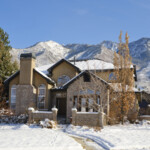
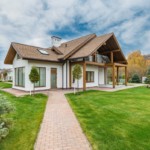
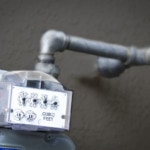




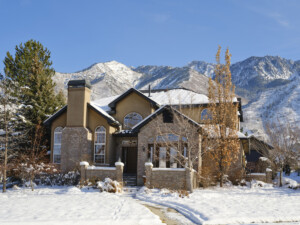
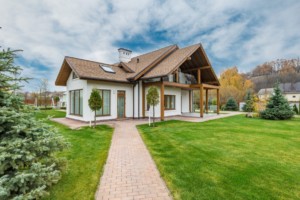
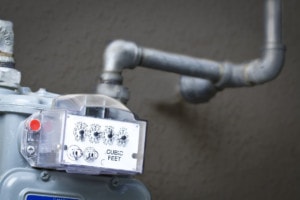















 United States
United States Canada
Canada